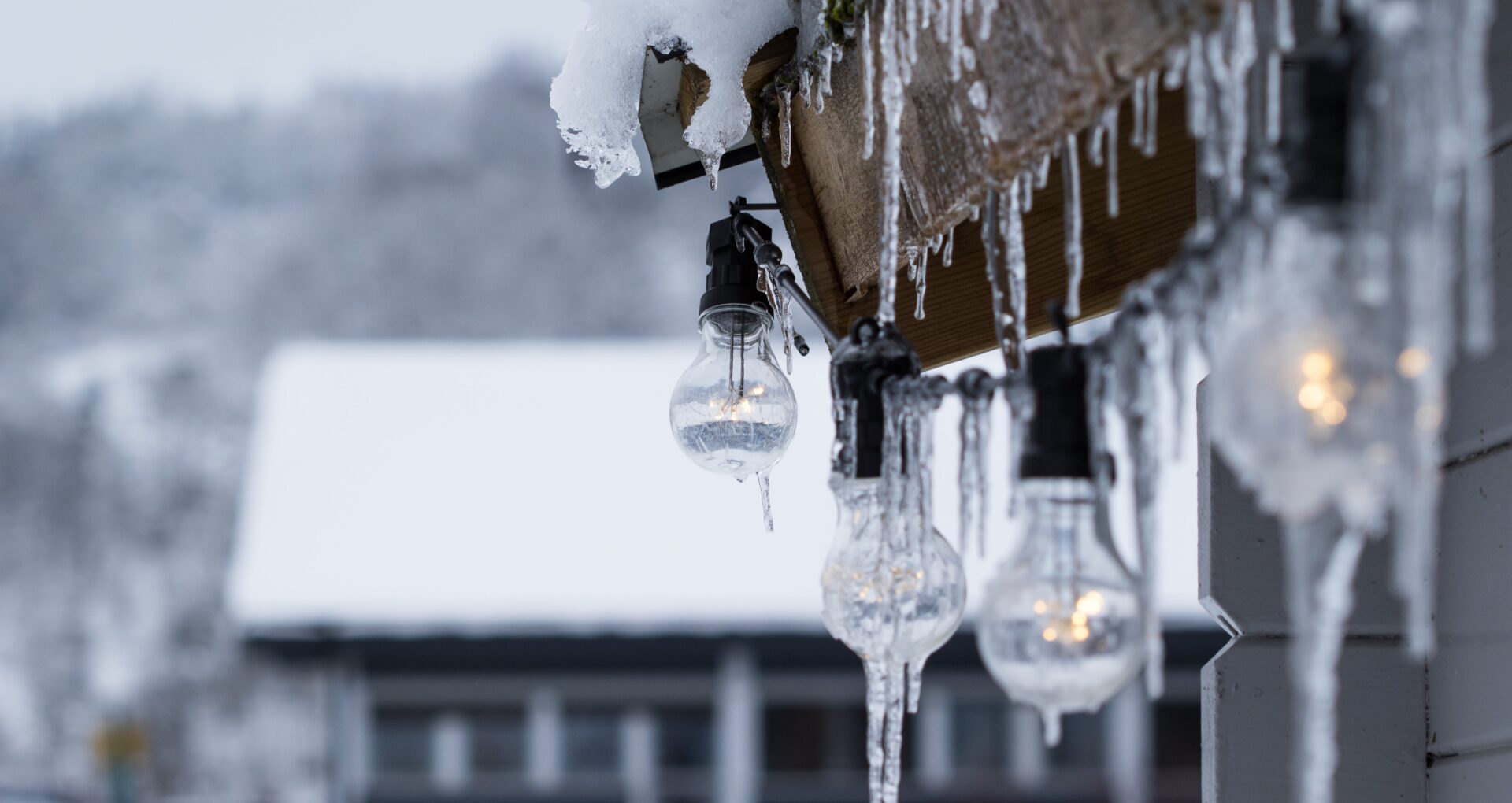
Four Steps to Winterizing Your Home!
As the temperature drops and the icy winds begin to sweep across the vast Canadian landscape, it’s time to prepare your home for the upcoming winter months. Winter in Canada can be particularly harsh, with plummeting temperatures and heavy snowfall posing various challenges for homeowners. However, with some proactive measures and careful planning, you can ensure that your home remains warm, cozy, and energy-efficient throughout the frosty season. Here are some essential tips to help you effectively winterize your home.
1. Seal Windows & Doors & Inspect Insulation
The first step in preparing your home for the cold season is to examine all windows and doors for any potential drafts. Even the smallest gaps can significantly impact your heating bills and comfort levels. Consider using weather-stripping or caulking to seal any leaks or drafts around windows and doors. For an extra layer of insulation, you might also want to install storm windows or doors to provide an added barrier against the cold, depending on where you live. Proper insulation is also crucial for retaining heat and preventing energy loss. In Canadian winters, good insulation can make a noticeable difference in your home’s energy efficiency. Consider inspecting the insulation in your attic, walls, and basement. If necessary, add extra insulation to improve heat retention and reduce the strain on your heating system.
2. Service Your Heating System(s)
Before the winter chill sets in, its vital to ensure that your heating system is in top condition. Schedule a professional inspection and maintenance service for your furnace or heating system. Clean or replace filters regularly to improve efficiency and indoor air quality. Consider installing a programmable thermostat to regulate the temperature and reduce energy consumption when you’re away from home. Additionally, if you have a fireplace they should be inspected and cleaned annually. Bird nests in chimneys and spider webs that clog gas lines can cause fires.
3. Protect Your Plumbing
Frozen pipes can lead to significant damage and costly repairs. To prevent this, empty those pipes, including garden taps and air conditioning, and insulate your pipes, especially those in unheated areas like the basement, crawl spaces, and exterior walls. A trick you can do during those extremely cold nights is to allow a slow drip from faucets to keep water flowing and prevent freezing. If you’re leaving your home for an extended period during winter, consider shutting off the main water supply and draining the pipes to avoid any potential disasters.
4. Clear Gutters and Trim Trees
Don’t ignore the roof, which is your first line of defence against snow and rain. Before the snow and ice accumulate or those heavy rains come, make sure your gutters are clear of any debris to prevent ice damns and water damage. Trimming overhanging tree branches can also prevent them from snapping under the weight of heavy snow and damaging your property.
Preparing your home for the harsh Canadian winter is a vital step in ensuring the safety, comfort, and efficiency of your living space. By following these essential tips and investing in proactive winterization measures, you can safeguard your home from the challenges posed by the cold climate and enjoy a cozy, energy-efficient winter season.
Remember, a well-prepared home not only keeps you warm and comfortable but also helps you save on energy costs and prevents potential damage, ultimately ensuring your peace of mind during the winter months so you and your family can enjoy everything that Canada’s spectacular winters have to offer.
Stay warm and safe this winter!